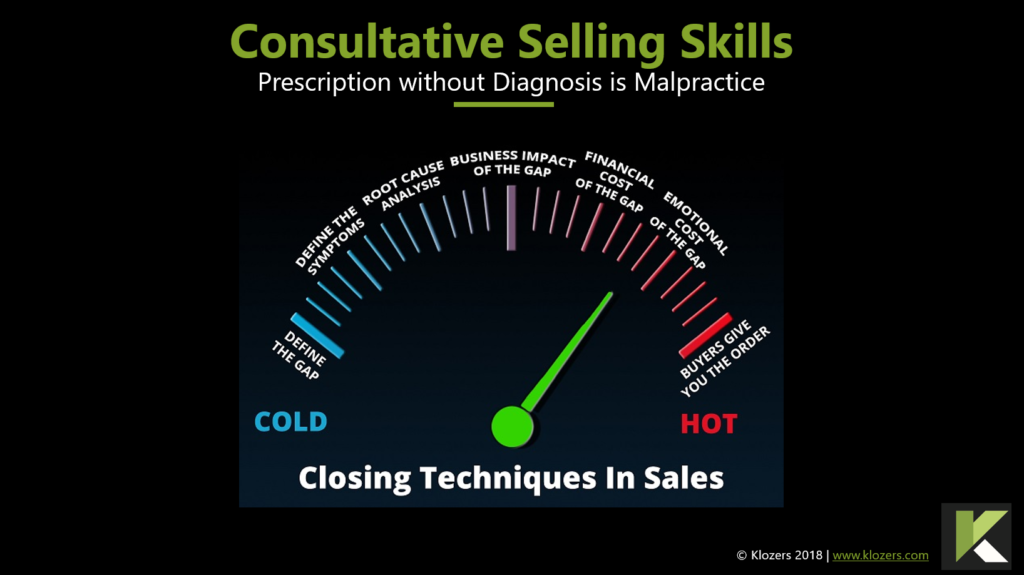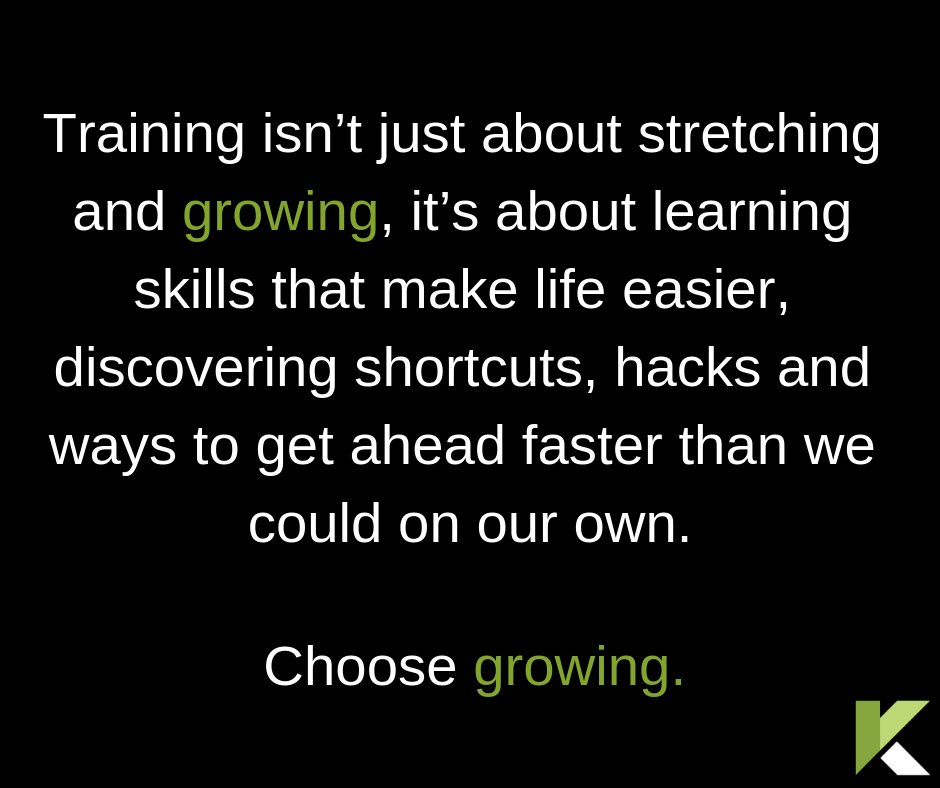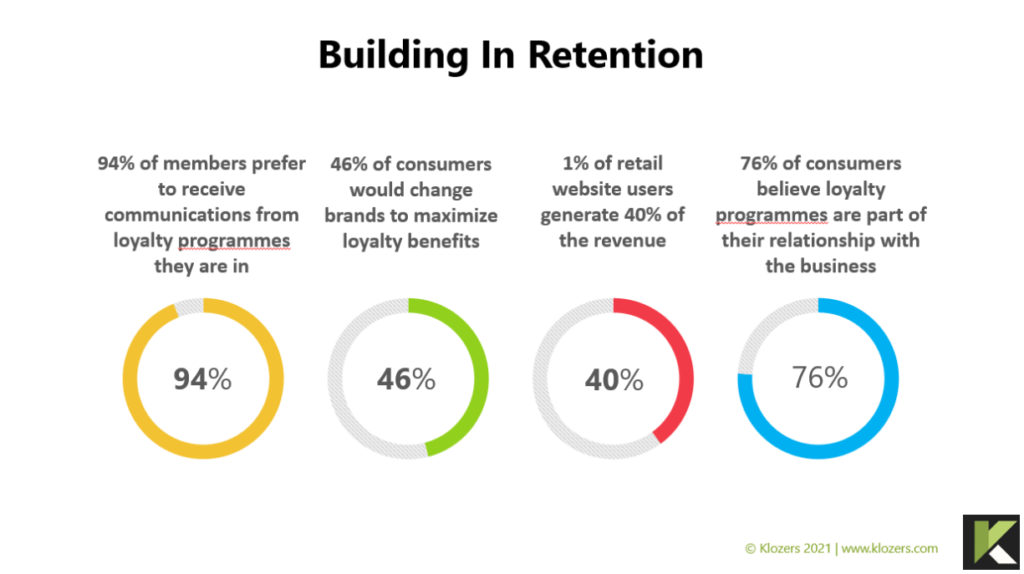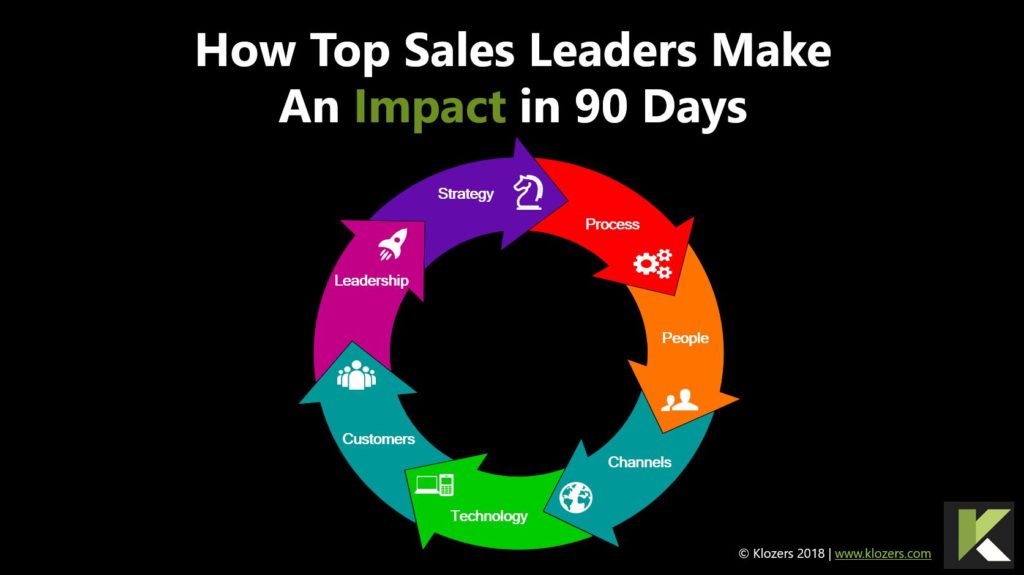Get the Best Sales Kickoff Speakers: Top Tips
Sales kickoff Speaker - Top Question from Google
What to look for in a Sales Kickoff Speaker
Here’s the short answer:
What to Look for in a Sales Kickoff Speaker:
– Industry Expertise: Choose a speaker who understands your industry’s challenges and opportunities.
– Customization: Ensure they can tailor their presentation to your team’s unique needs.
– Real-World Experience: Opt for someone with current, hands-on sales experience.
– Engaging Presentation: Look for speakers who offer interactive elements and practical takeaways.
– Post-Event Support: Select a speaker willing to assist with strategy implementation after the event.
Hiring the right sales kickoff speaker can transform your event, motivating your sales team and driving performance. Ensure they provide customized content relevant to all team members, not just the top performers, to maximize your sales success.
In this article we will cover...
Free access to our best tools and templates
1. Top Qualities to Look for in Sales Kickoff Speakers
When you’re planning a sales kick off event or sales conference, selecting the right sales speaker is crucial to ensuring the success of the event and motivating your sales team. A great sales kickoff speaker will inspire, educate, and energize sales teams, setting a positive tone for the year ahead. Here are some top qualities to look for in a sales kick off speaker:
Expertise
One of the most important qualities in a motivational speaker for a sales conference is sales expertise. A sales speaker who understand the specific challenges and opportunities within your industry can provide more relevant and actionable insights. With a keynote speaker from Klozers you get real word salespeople, ensuring they can connect with sales teams on a deeper level. Their familiarity with industry trends and best practices enables them to offer practical advice that your team can immediately apply. Each has had a successful career and want to support business professionals with personal development and sales leaders with business growth.
Customization
A one-size-fits-all approach rarely works at sales conferences and corporate events. Effective keynote speakers should be able to customize their presentations to address the unique needs and goals of your organization. At Klozers, we take the time to learn about your company, its culture, and its specific sales challenges and any relevant business trends. This customization ensures that the content is relevant and impactful, providing practical strategies that resonate with your sales team.
Real-World Experience
Real-world experience is another critical quality to look for. The best sales speaker will have a proven track record in sales and understand the realities of selling in today’s market. Klozers’ speakers bring their hands-on experience to the table, sharing personal stories and examples that make their advice more relatable and credible. This practical knowledge helps bridge the gap between theory and practice, giving your team insights they can trust and implement.
Engaging and Motivational
The ability to engage and motivate an audience is essential for any keynote speaker, but it’s especially important for sales kickoffs. You want a sales kick off speaker who can captivate your team’s attention and inspire them to achieve their goals. Our top sales keynote speakers are skilled storytellers and dynamic presenters who know how to keep an audience engaged. They use a mix of humor, storytelling, and interactive elements to create a memorable and motivating experience.
Practical Takeaways
Finally, a great sales keynote speaker provides practical takeaways that sales teams can implement immediately. Whether it’s new sales techniques, strategies for overcoming objections, or methods for building stronger customer relationships, the content should be actionable. A kick off speaker from Klozers focus on delivering tangible value, equipping sales teams with the tools and knowledge they need to succeed.

2. The Role of Sales Kickoff Speakers in Boosting Team Morale & Performance
Sales kickoff events are crucial for setting the tone and direction for the year ahead. A pivotal element of these events is the sales kickoff speaker, whose role extends far beyond delivering motivational speeches. Skilled motivational speakers can significantly enhance team morale and performance, driving your sales professionals towards greater success. Here’s how:
Motivating and Inspiring the Team
The primary role of a motivational speaker is to motivate and inspire the sales team. A well-chosen and inspiring speaker can ignite a sense of enthusiasm and commitment among team members. They use compelling stories, relatable experiences, and powerful messages to resonate with the audience, helping them see the value in their work and inspiring them to strive for excellence. By sharing success stories and practical strategies, these keynote speakers can help sales professionals visualize their own success, fostering a positive and proactive mindset.
Building Team Cohesion
Sales kickoff events are an opportunity to bring the team together and build a sense of unity. Effective speakers play a crucial role in fostering team cohesion by encouraging collaboration and camaraderie at sales conferences. They often incorporate team-building exercises and interactive elements into their presentations, which can help break down barriers and create a more collaborative environment. When team members feel connected and supported, they are more likely to work together effectively, leading to improved overall performance.
Providing Practical Insights and Strategies
While motivation is essential, practical insights and strategies are equally important. Speakers are not just motivational figures; they are also experts in their field with a wealth of real-world experience and corporate success. They provide actionable advice and practical techniques that salespeople can apply in their daily activities. This combination of inspiration and practical guidance ensures that the team is not only motivated but also equipped with the tools they need to succeed.
Enhancing Skills and Knowledge
A sales kickoff speaker can also serve as an educator, enhancing the skills and knowledge of the sales team. Through their presentations, they offer new perspectives on sales techniques, market trends, and customer engagement strategies. By introducing innovative approaches and best practices, they help the team stay ahead of the curve and continuously improve their performance. This focus on learning and development ensures that the team remains competitive and capable of meeting the evolving demands of the market.
Reinforcing Company Goals and Values
A successful sales kickoff speaker aligns their message with the company’s goals and values. By reinforcing these during their presentation, they help ensure that all team members are on the same page and working towards common objectives. This alignment is crucial for maintaining a cohesive and focused sales strategy. Our keynote speakers are adept at weaving the company’s mission, corporate culture and vision into their talks, creating a sense of purpose and direction for the team.
The role of a top sales kickoff speakers in boosting team morale at a sales conference cannot be overstated. They motivate, inspire, and educate, creating a positive and dynamic environment that drives the team towards success. Your sales kickoff event should be impactful and productive, setting your team up for a successful year. The speakers expertise, real-world experience, and ability to connect with the audience make them invaluable assets in your bid to improve sales performance.
3. Budgeting for Sales Kickoff Speakers
Organizing a sales kickoff event or annual sales meeting is a significant investment that can yield substantial returns in terms of team motivation, alignment, and performance. One of the critical components of this investment is the budget allocated for the sales keynote speaker. A top sales kickoff speaker can make a profound impact on your team, but finding the right balance between quality and cost can be challenging. Here are some ideas to help you budget effectively for sales kickoff speakers, ensuring you get the best value for your investment.
Understand Your Budget Constraints
The first step in budgeting for a sales kickoff speaker is to understand your overall budget for the event. This includes not only the speaker’s fee but also related expenses such as travel, accommodation, and any special requirements they might have. By having a clear picture of your financial constraints, you can make informed decisions and avoid overspending. It’s important to prioritize the speaker in your budget, as their impact on the event’s success is substantial.
Determine Your Objectives
Before you start looking for the perfect speaker, define what you hope to achieve with your sales kickoff event. Are you looking to inspire your team, provide specific sales training, or introduce new company strategies? Having clear objectives will help you choose a speaker whose expertise and style align with your goals. Klozers, offers a range of speakers with diverse backgrounds and specialties, such as sales expert or corporate leaders, ensuring you can find someone who meets your specific needs.
Research Speaker Fees
Fees for a sales speaker can vary widely based on their experience, reputation, and demand. It’s essential to research and compare fees from different speakers to get a sense of the market rates. While the best sales speakers might charge premium fees, there are often excellent speakers available at more reasonable rates who can deliver tremendous value. Klozers provides detailed information about their speakers, including their fees, making it easier to compare and make an informed choice.
Consider Additional Costs
When budgeting for a sales kickoff speaker, don’t forget to account for additional costs beyond their speaking fee. This can include travel expenses, accommodation, and any special equipment they might require. A sales kickoff speaker may also charge extra for extended engagements or customized content. By considering these additional costs upfront, you can avoid surprises and ensure your budget is comprehensive.
Explore Sponsorship Opportunities
To offset some of the costs, consider exploring sponsorship opportunities. Partnering with industry sponsors or vendors can provide additional funding for your event. In return, sponsors can gain exposure to your sales team and potentially benefit from the networking opportunities the event provides. This can be a win-win situation, reducing your costs while adding value to the event.
Negotiate Wisely
Don’t be afraid to negotiate with a potential sales speaker. Even the best sales speakers are willing to adjust their fees based on the nature of the event, the size of the audience, and other factors. Be transparent about your budget and discuss ways to work within it.
Plan Early
Booking your keynote speaker well in advance can often result in cost savings. Our own speakers’ schedules fill up quickly in the first quarter, and last-minute bookings can be more expensive. By planning your annual sales meeting early, you also have more time to compare options, negotiate fees, and secure the best speaker for your event. Early planning demonstrates professionalism and respect for the speaker’s time, which can positively influence their willingness to work within your budget.
Effective budgeting for a sales kickoff speaker involves understanding your financial constraints, defining clear objectives, researching and comparing fees, considering additional costs, exploring sponsorship opportunities, negotiating wisely, and planning early. By following these tips and tricks, you can ensure that you get the best value for your investment, making your sales kickoff event a resounding success. Klozers offers a range of experienced and impactful speakers who can meet your needs and help you achieve your event goals.

4. Leveraging Sales Kickoff Events for Effective Training in Breakout Sessions
Sales kick off events are pivotal for aligning teams, setting goals, and boosting morale. Beyond the motivational speeches and keynote addresses, these events provide an excellent opportunity for delivering focused training through breakout sessions. By incorporating targeted training aligned with your sales kickoff theme into your event, you can address specific skills gaps, introduce new strategies, and ensure that every team member is equipped to contribute to the organization’s success. Here’s how you can effectively use breakout sessions to deliver impactful training at your sales kick off event.
Customizing Training Content
One of the primary benefits of breakout sessions is the ability to customize training content to meet the diverse needs of your sales team. Unlike general sessions, breakout sessions can be tailored to address specific topics relevant to different groups within your sales force. For instance, new hires might benefit from foundational sales training, while veteran salespeople could focus on advanced negotiation techniques or emerging market trends. Klozers’ speakers and trainers excel at customizing content to ensure it is relevant and impactful for each subgroup, maximizing the effectiveness of the training.
Facilitating Interactive Learning
Breakout sessions are ideal for fostering interactive learning environments. These smaller, more focused sessions allow for greater interaction between the trainer and participants, encouraging questions, discussions, and hands-on practice. Interactive learning is particularly effective in retaining information and developing practical skills. Klozers’ sales speakers use a variety of interactive techniques, such as role-playing exercises, group discussions, and real-world case studies, to engage participants and reinforce learning.
Addressing Specific Challenges
Every sales team faces unique challenges that can hinder performance. Breakout sessions provide a platform to address these specific issues in a targeted manner. Whether it’s overcoming common objections, mastering new sales technologies, or refining customer engagement strategies, these sessions can be tailored to tackle the particular pain points of your team. By working with Klozers, our sales speakers ensure that the content of each breakout session is designed to address the most pressing challenges your salespeople face, providing them with actionable solutions and sales strategies.
Encouraging Collaboration and Team Building
Breakout sessions not only provide training but also foster collaboration and team building. These sessions often require participants to work together on exercises and projects, promoting teamwork and communication. This collaborative approach helps build stronger relationships within sales teams, which can translate to better cooperation and performance in the field. Klozers’ facilitators are adept at creating collaborative environments that encourage team members to share ideas, learn from each other, and build a sense of camaraderie.
Measuring Training Effectiveness
To ensure that the training delivered in breakout sessions is effective, it’s important to measure its impact. This can be done through pre- and post-session assessments, feedback surveys, and monitoring key performance indicators (KPIs) related to the training objectives. Klozers provides tools and strategies to help you measure the effectiveness of your breakout sessions, ensuring that the training is not only engaging but also translates to improved performance in the real world.
Summary
Incorporating breakout sessions into your sales kick off event is a powerful way to deliver focused, effective training that addresses the specific needs of sales teams. By customizing content, facilitating interactive learning, addressing specific challenges, encouraging collaboration, and measuring effectiveness, you can ensure that your sales team is well-equipped to achieve their goals. Klozers’ experienced trainers and top sales kick off sales speakers can help you design and deliver breakout sessions that make a significant impact, driving your team towards greater success.
Expert Sales Kickoff Speakers

Claire Sertori
Introducing Claire Sertori, a dynamic speaker with over 15 years of sales and leadership experience. As Head of Country – Australia at Klozers, Claire has a passion for empowering business leaders with innovative sales strategies and techniques. Her expertise in building and scaling sales teams, coupled with her vibrant energy, makes her a standout among motivational speakers. Claire inspires audiences and provides actionable insights, making her the perfect choice for your next event.

Bart Patrick
Introducing Bart Patrick, a distinguished leadership speaker and expert with over 25 years of sales experience. As Head of Country UK at Klozers, Bart excels in transforming sales processes and leading high-performance teams. His strategic insight and motivational approach have made him one of the most sought-after motivational speakers in the industry. Bart's sessions are filled with actionable strategies and positive energy. Book Bart Patrick for your next event to experience the transformative power of a true leadership expert.

Paul Mills
Introducing Paul Mills, an inspiring keynote speaker who infuses self-belief and self-motivation into every presentation. With over 30 years of sales experience, Paul has a proven track record in driving business growth across various sectors. His dynamic approach and positive energy have empowered countless professionals to achieve their goals. As a senior partner at Klozers, Paul excels in transforming sales teams through his innovative strategies and motivational coaching. His passion for business growth and dedication to fostering self-belief make him a sought-after speaker for any sales kickoff event.

Rosa Yupari
Introducing Rosa Yupari, a Sales Guru renowned for her ability to blend cutting-edge artificial intelligence with proven sales strategies. With over 20 years of experience, Rosa offers valuable insights and inspires growth mindsets among business leaders. As one of the most motivational speakers in the industry, she focuses on enhancing customer experience and driving sales performance. Book Rosa for your next event to experience her dynamic approach and transformative impact on sales teams.

Iain Swanston
Introducing Iain Swanston, a top sales keynote speaker renowned for his actionable strategies and positive energy. With over 30 years of frontline sales and marketing experience, including international roles, Iain has a unique perspective on driving business success. As CEO of Klozers, he has consulted with industry giants like Microsoft, inspiring audiences and business leaders with his insights on customer experience. Iain is one of the most influential figures in the sales domain, known for his ability to engage and inspire audiences with practical, real-world advice.
“A fantastic learning experience”
Amanda – Account Manager


























































